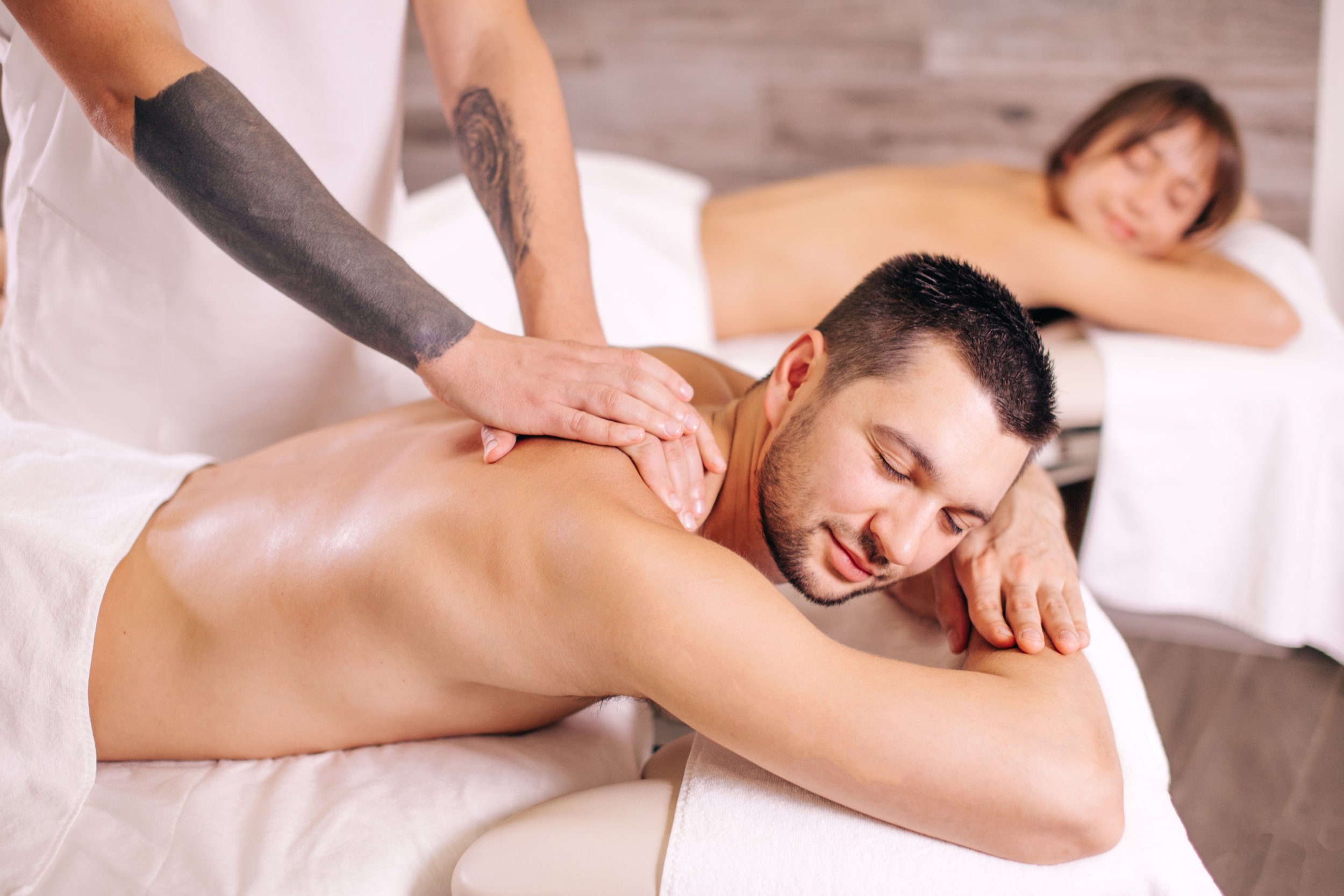How Your Body Creates the Magic of Touch
Touch. It's a fundamental human need, as vital as air and water. It's the first sense to develop in the womb, and it shapes our emotional well-being throughout life. But what happens beneath the surface when a gentle caress sends shivers down your spine, or a hug melts your worries away? It's a fascinating symphony of specialized cells, electrical signals, and the ever-intriguing brain.
The Sensory Stage: A World of Tiny Dancers
Our skin isn't just a barrier; it's a sensory wonderland teeming with microscopic receptors. These specialized cells, called mechanoreceptors, act like tiny dancers, responding to different aspects of touch.
Meissner corpuscles: These are the life of the party, sensitive to light touches, like a feather brushing your skin. Imagine them doing the jitterbug at the slightest pressure.
Pacinian corpuscles: These are the deep-tissue enthusiasts, responding to vibration and pressure. Think of them doing a slow, rhythmic sway as you massage your tired muscles.
Merkel cells: These detail-oriented receptors detect texture and shape, allowing you to distinguish between a smooth silk scarf and a rough woolen sweater. Imagine them carefully waltzing across your fingertips.
The Electrical Highway: Sending Signals to HQ
When these receptors are activated, they send electrical signals through a network of sensory nerves. These act like a high-speed highway, transmitting messages to the spinal cord and eventually the brain. The location and intensity of the touch determine the specific pathway these signals take.
For example, a light touch on your fingertip might take a more direct route, while a more complex sensation, like the warmth of a hug encompassing your entire torso, might involve a more intricate network of relays.
The Brain's VIP Room: The Pleasure Party
Finally, the signals reach the brain's VIP section - the reward system. Here, a neurotransmitter called dopamine takes center stage. Dopamine acts like a party host, throwing confetti whenever you experience something pleasurable. A gentle touch, a sensual massage, even the warmth of close contact can trigger a dopamine surge, creating a feeling of joy and satisfaction.
But the party doesn't stop there. Touch also stimulates the release of endorphins, your body's natural painkillers. These endorphins not only elevate your mood but can also leave you feeling relaxed and content. Imagine them as soothing background music, calming the nervous system and creating a sense of well-being.
Beyond Pleasure: The Power of Connection
The magic of touch goes beyond just feeling good. It plays a crucial role in our emotional well-being and social connection. Studies have shown that touch can:
Reduce stress and anxiety by lowering cortisol levels and promoting relaxation.
Boost the immune system by increasing the production of white blood cells.
Promote feelings of safety and security, especially important for infants and young children.
Strengthen emotional bonds by creating feelings of intimacy and trust.
Exploring Deeper: Tantra and the Art of Mindful Touch
The ancient practice of tantra takes the connection between touch and pleasure even further. Tantra emphasizes mindful touch, focusing on the present moment and the subtle sensations it evokes. It's about slowing down, appreciating the journey of touch, and building a deeper sense of intimacy with yourself and your partner.
By understanding the intricate dance between your skin, nervous system, and brain, you can unlock a deeper appreciation for the magic of touch. It's a reminder of the body's amazing ability to connect, create joy, and foster well-being. So next time you experience a pleasurable touch, take a moment to acknowledge the incredible symphony playing within you.

